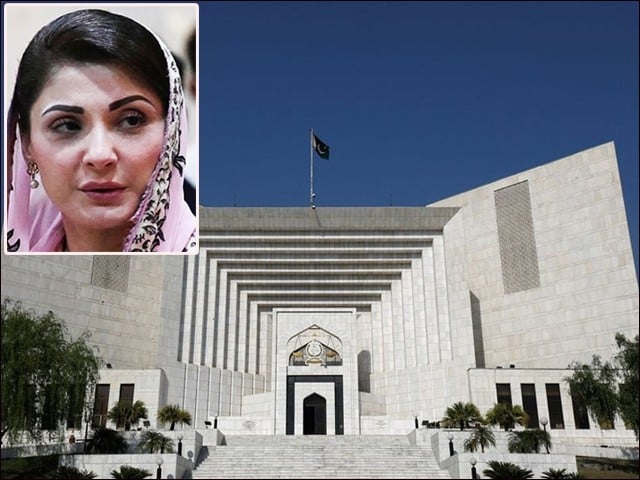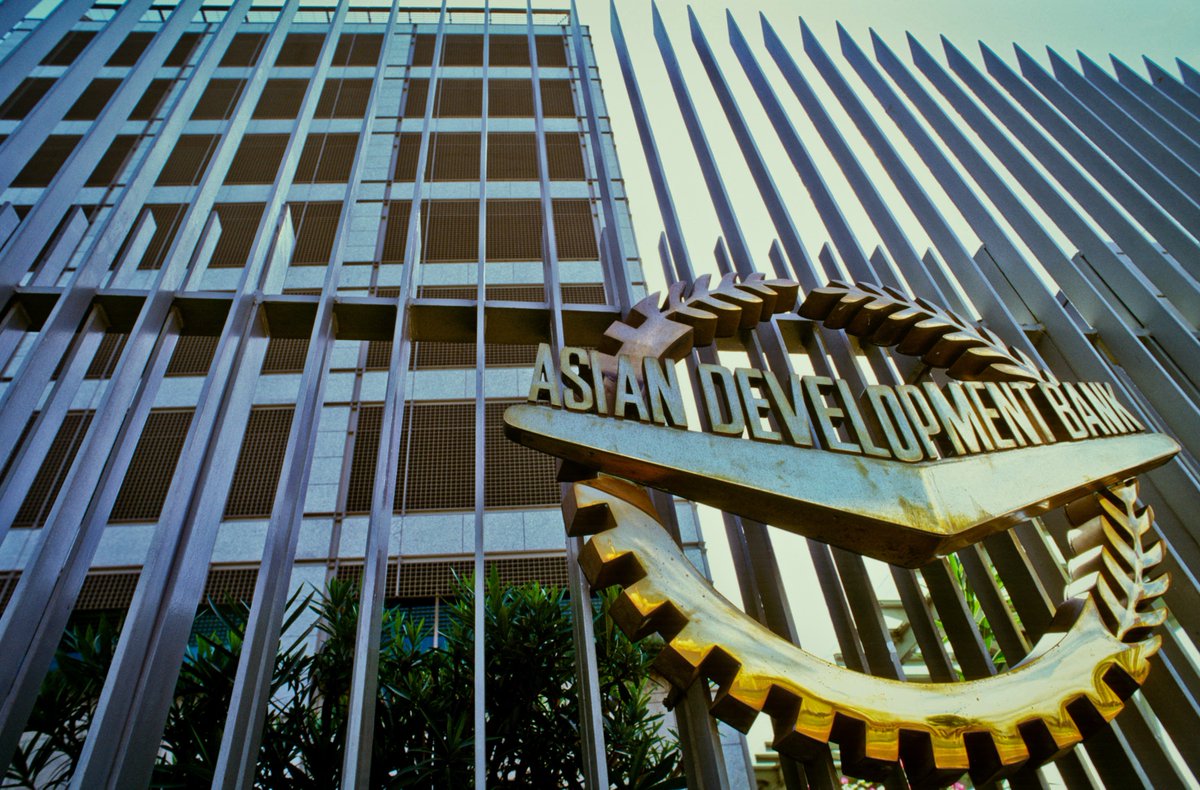Mazhar Abbas
As Pakistan braces itself for a significant surge in electricity prices in the upcoming year, driven by further devaluation of the rupee and substantial capacity payments exceeding Rs 2.1 trillion, the urgency in addressing these pressing issues that have cast a shadow on the entire economy cannot be overstated. With one of the primary contributors to the exorbitant power tariffs being the weighty burden of capacity payments, which necessitates immediate attention, the nation finds itself at a critical crossroads.
The energy sector in Pakistan has long been ensnared in flawed contractual arrangements with Independent Power Producers (IPPs). Arising from the Power Policy of 1994, these contracts were initially designed to alleviate the energy crisis by attracting private investment. Nevertheless, the terms of these agreements have led to a ballooning circular debt, reaching a staggering Rs 2.64 trillion as of February 2024.
The incentive structures extended to IPPs, which include guarantees linked to the US dollar, result in any depreciation of the Pakistani rupee, augmenting returns for IPPs while imposing a heavier financial burden on the government. Although the return on equity for IPPs was initially established at 18%, later reduced to 12% in the Power Policy of 2002, it remains considerably high compared to global norms.
Furthermore, comparisons of costs with analogous projects in other countries indicate that numerous IPPs were financed through over-invoicing on capital goods, culminating in the absence of “real” underlying equity. Consequently, Pakistan is saddled with perpetual returns on fictitious equity. An examination of various published accounts and balance sheets further unveils that actual dollar-based returns to many IPPs surpass 70%.
In addition, the government’s decision to integrate residual fuel oil (RFO) plants, commonly known as Peaker plants, to bolster base capacity has presented challenges. These plants are deemed inefficient, expensive to operate, and environmentally detrimental. While the inclusion of Peaker plants is not inherently problematic, their disproportionate share in Pakistan’s energy mix, currently at 14%, is a cause for concern. Globally, these plants typically operate during peak demand periods and constitute a maximum of 4-6% of total consumer bills.
Pakistan currently boasts an installed capacity of approximately 44,943 MW, with a substantial disjunction between a base-load of approximately 12,500 MW and a summer peak load of around 30,000 MW due to the shift of winter heating loads to gas. However, owing to contractual obligations, the government is obligated to pay for the entire installed capacity year-round, regardless of utilization. In contrast, global grid planners exclusively operate some plants during peak demand periods, paying only when the capacity is actively utilized, while Pakistan’s generation mix heavily tilts towards take-or-pay base-load plants.
The prevailing energy contracts in Pakistan are notably of two main types: take-or-pay and take-and-pay. Under the take-or-pay contract system with IPPs, a fixed percentage of their capacity must be purchased irrespective of actual demand, which can prove unfavorable for buyers leading to increased unit costs. In contrast, take-and-pay contracts involve buyers paying solely for their electricity consumption, though this can result in higher prices due to negotiation or competitive buying.
The tariff structure in IPP contracts also raises concerns. Consumer tariffs comprise various components such as Energy Purchase Price (EPP), Capacity Purchase Price (CPP), T&D losses, Distribution and Supplier Margin, and prior year adjustments. Moreover, consumer tariffs also encompass add-ons from Distribution Companies (Discos) such as technical losses (usually 5-10%) and factors like theft and uncollected receivables, inflating these add-ons to over 20%.
In FY 2022, EPP accounted for roughly 60% of the tariff, with CPP at 40%. Subsequently, by FY23, both EPP and CPP were around 50%, signifying a departure from historical trends. Projections for FY24 suggest a further deviation, with CPP expected to rise to 67% and EPP decreasing to 33%. This burgeoning emphasis on fixed charges significantly inflates tariffs, presenting challenges for consumers.
Furthermore, there have been significant allegations of misreporting and overbilling by IPPs, as the tariffs enshrined under the take-or-pay contracts are guaranteed under international law. For instance, the actual oil consumption of several oil-based plants is purportedly less than what is billed by the IPPs, and attempts to audit these discrepancies have supposedly been thwarted by IPPs through legal means.
Presently, electricity tariffs in Pakistan are prohibitively high, having surged from Rs 1.37/unit in 1990 to Rs 34.31/unit in 2024, a 25-fold increase over 24 years. The escalation is attributed not only to variables like PKR-USD parity but also to factors like the privatization of generation and the government’s proclivity to delegate its socio-economic obligations to certain power consumers.
This scenario has contributed to premature deindustrialization, resulting in a decline in electricity consumption and elevated electricity costs. Urgent measures are imperative to reduce power tariffs for industries to 9 cents/kWh, thereby stimulating demand for electricity and optimizing idle capacity. Additionally, the addition of new capacity to the system should be paused for the next 3-4 years.
Eliminating cross-subsidies, which operate as indirect taxation on exports, assumes paramount significance. Enhancing tax collection to directly subsidize energy for economically disadvantaged segments, and transitioning to other direct support mechanisms as recommended by IMF and World Bank consultants, is deemed more economically efficient compared to cross-subsidies in power tariffs.
To mitigate the undue burden of capacity payments within prevailing contractual agreements across all consumers, there is a pressing need to significantly augment power consumption – a task typically spearheaded by industries on a global scale. However, in Pakistan, inefficient allocation has led to unproductive sectors consuming a significant portion of electricity while industries bear the brunt of inefficiencies through cross-subsidies and additional transaction costs.
Competition plays an instrumental role in determining the efficacy of take-or-pay contracts. Competitive bidding often results in favorable arrangements, especially in scenarios involving multiple investors and suppliers. Conversely, issues may arise in government-to-government contracts devoid of competitive bids, underscoring the significance of transparent contract pricing via market mechanisms.
In advanced countries with competitive electricity markets, take-or-pay contracts are prevalent, where electricity prices are influenced by supply and demand in spot markets. This offers a gamut of options for both buyers and sellers to effectively mitigate risks. Even in Pakistan, the ADB-funded Jamshoro coal power plant has exemplified cost-effectiveness through competitive bidding.
While all these considerations must be factored in during negotiations for future contracts, the resolution to Pakistan’s existing capacity payment predicaments ultimately lies in fostering industrial growth. This, in turn, will substantially augment power consumption and alleviate the per-unit burden across consumers.

















































